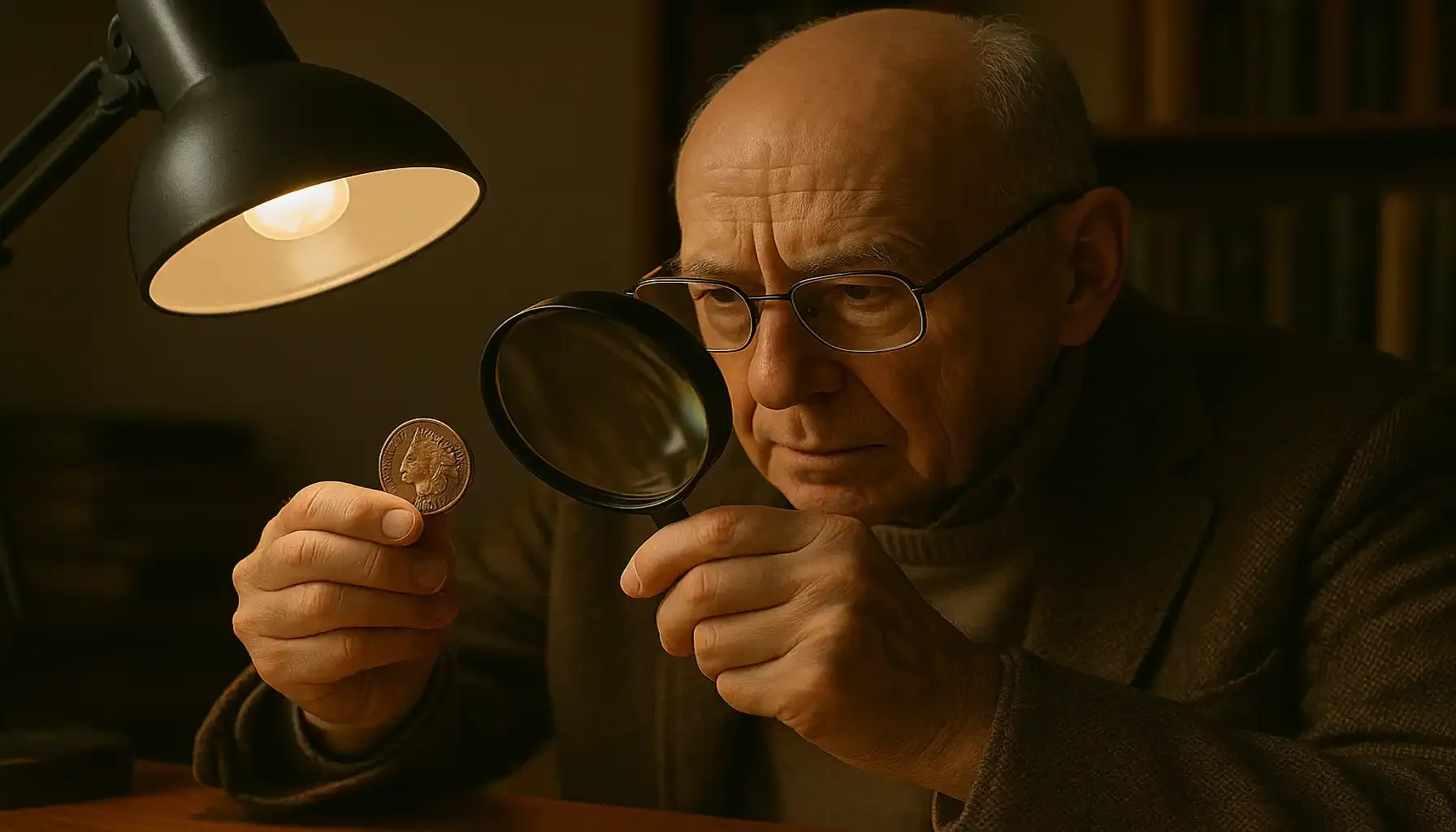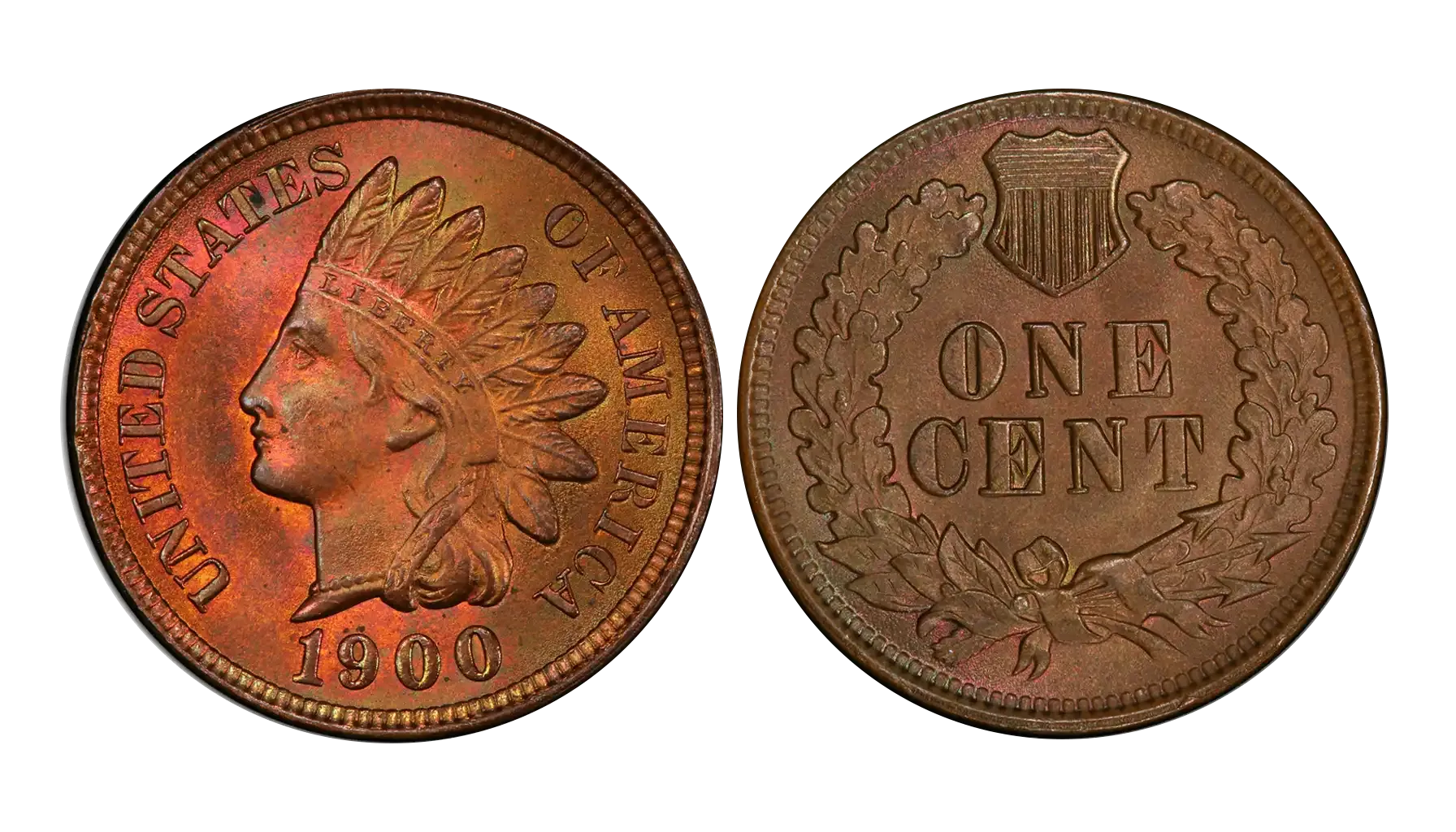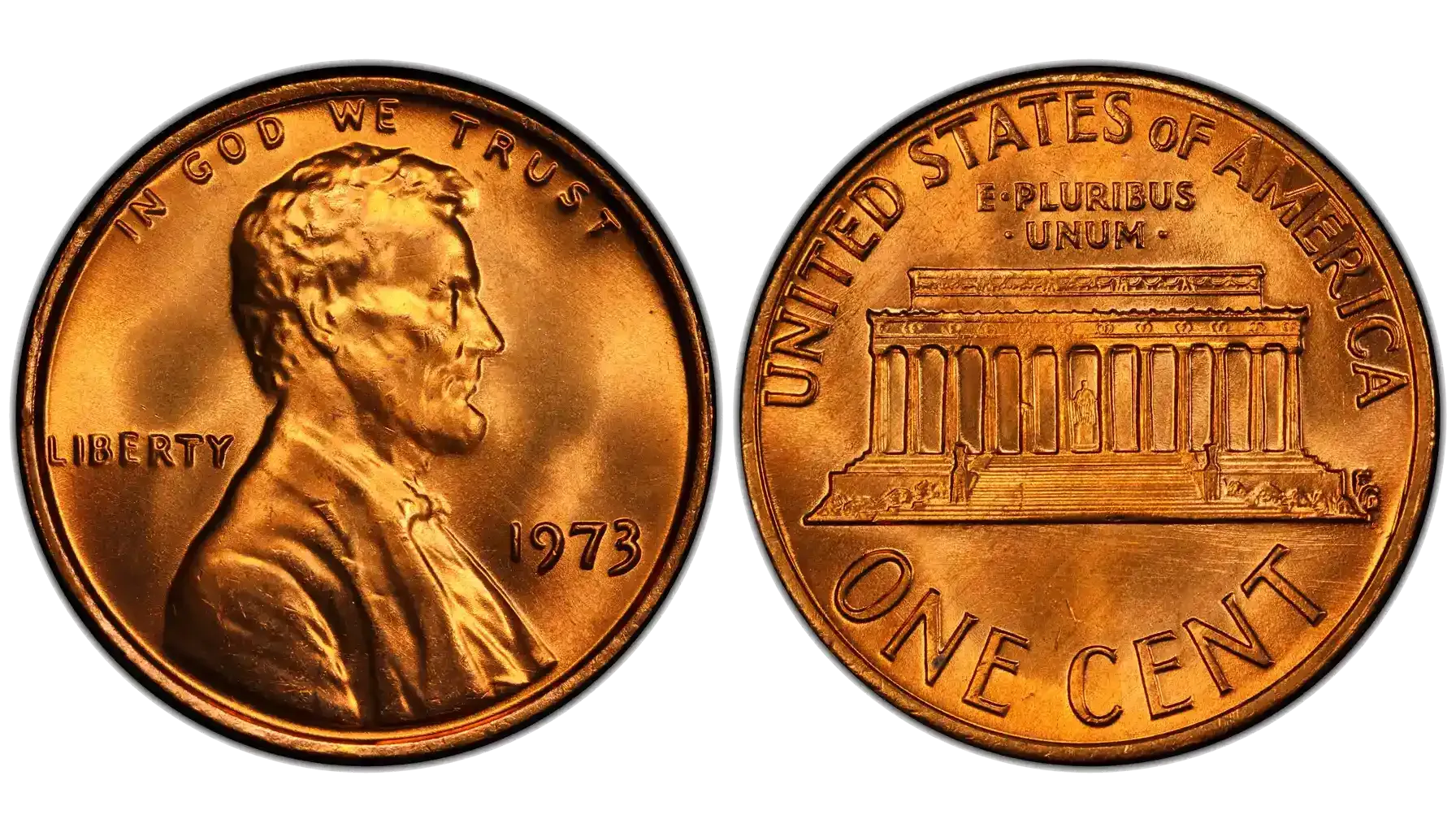Contents:
While coins weren't exactly our passion growing up, that all changed when we unveiled the collection. Amidst the treasures lay a flying eagle penny 1857, and we were immediately captivated! Curiosity sparked – what's the story behind that soaring eagle, and what's the 1857 flying eagle penny value these days? After all, coins aren't mere currency; they're tangible fragments of history!
Ever since that first little interest popped up, we've been playing around with coin collecting! We're really excited to share what we've picked up along the way.
In this article, we're going to dig into the value of the 1857 Flying Eagle cent. We'll check out the different kinds you can find, how to tell them apart, and why collectors are still so crazy about this coin. We might even consider leveraging an AI coin identifier to accurately pinpoint its specific variety.

The Birth of a New Era
The story of the US mint 1857 flying eagle cent is intertwined with the economic realities of mid-19th century America.
The previous large cent, while composed of copper, was becoming increasingly expensive to produce relative to its face value.
Copper prices were rising, and the Mint needed a solution that would be both efficient and appealing to the public.
This led to the Coinage Act of 1857, which authorized the creation of a smaller cent made of a copper-nickel alloy (88% copper, 12% nickel).
This change was revolutionary.
The 1857 Flying Eagle cent was essentially a prototype, a trial run to see if this new metal composition and smaller size would be accepted by the public.
The Mint even offered to exchange the old large cents for the new Flying Eagle cents, further encouraging circulation.
The release was a massive event and lines formed at banks all over the country to get their hands on the new coin.
Design and Its Symbolism
Choice | The flying eagle design, previously used on Gobrecht dollars, was selected for its dynamic and modern aesthetic. |
Symbolism | The eagle represented strength, freedom, and the burgeoning spirit of America. It was a deliberate departure from the traditional Liberty head designs. |
Designer | James B. Longacre refined the design for the smaller cent. He was also the designer of the Indian Head cent and the nickel shield. |
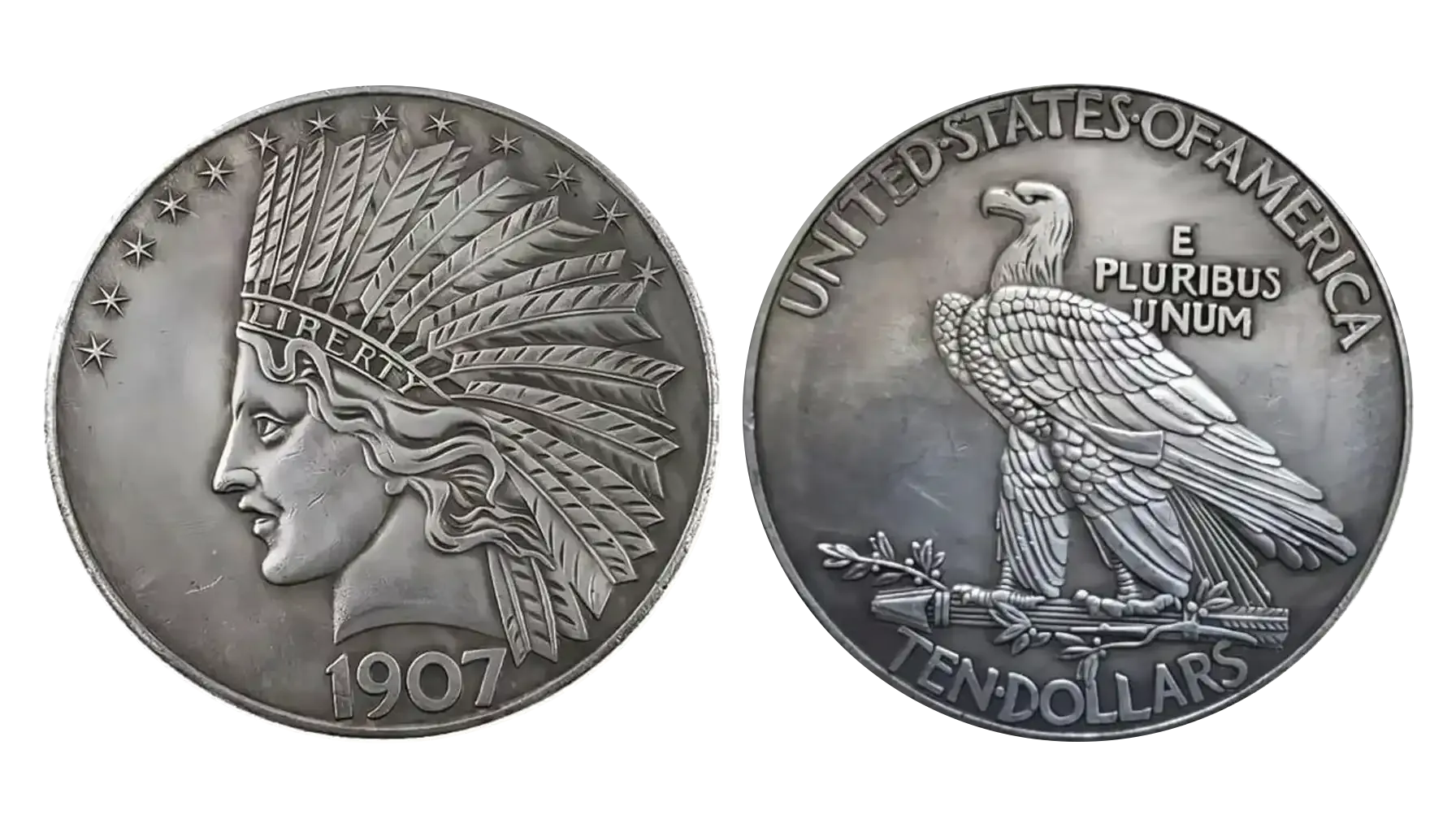
Impact
The coin entered circulation just before the Civil War, a period of significant economic and social change.
Flying Eagle cent 1857 facilitated small transactions and helped fuel the American economy.
The mint produced over 17 million of these coins which helped promote its use.
As the US mint 1857 flying eagle cent was produced on a mass scale – over 17 million were struck that year – it might seem like every coin is worth just a penny.
However, the reality is far more complex. While common examples in worn condition might not command a huge price, understanding 1857 one cent coin value involves several critical factors.
This is where identifying 1857 flying eagle cent varieties becomes crucial. For instance, different die pairings and minor design variations can significantly impact the value.
These mistakes – things like doubled designs, off-center images, or other weird stuff that happened at the mint – are super popular because they're so hard to find!"
Spotting one of these goofs could seriously boost how much the coin is worth.
The Flying Eagle serves as a tangible reminder of this historical period and is highly sought after by collectors.
The story of the flying eagle cent 1857 is multi-faceted, involving economic pressures, artistic choices, and historical context. Understanding these elements is key to appreciating the significance of this iconic coin.
Value of 1857 Flying Eagle Penny
The 1857 cent, officially designated as a "one-cent piece," was intended to represent exactly that: one-hundredth of a United States dollar.
This might seem ridiculously obvious, but it's important to remember its place within the broader economic context of the time. The move to this smaller-sized cent was a practical decision, part of an effort to streamline coinage and make transactions more convenient for the public.
This coin is primarily composed of a copper-nickel alloy, specifically 88% copper and 12% nickel. This composition gives it a slightly lighter color than the pure copper cents that preceded it.
Now, to avoid any confusion, it's crucial not to conflate this coin with other coinage of the same era. We're not talking about the 1857 half cent (Although there are many varieties of half cents in American history), which held a value of half a cent, or get this confused with the 1857 large cent value, which was a different coin produced prior to the Flying Eagle design.
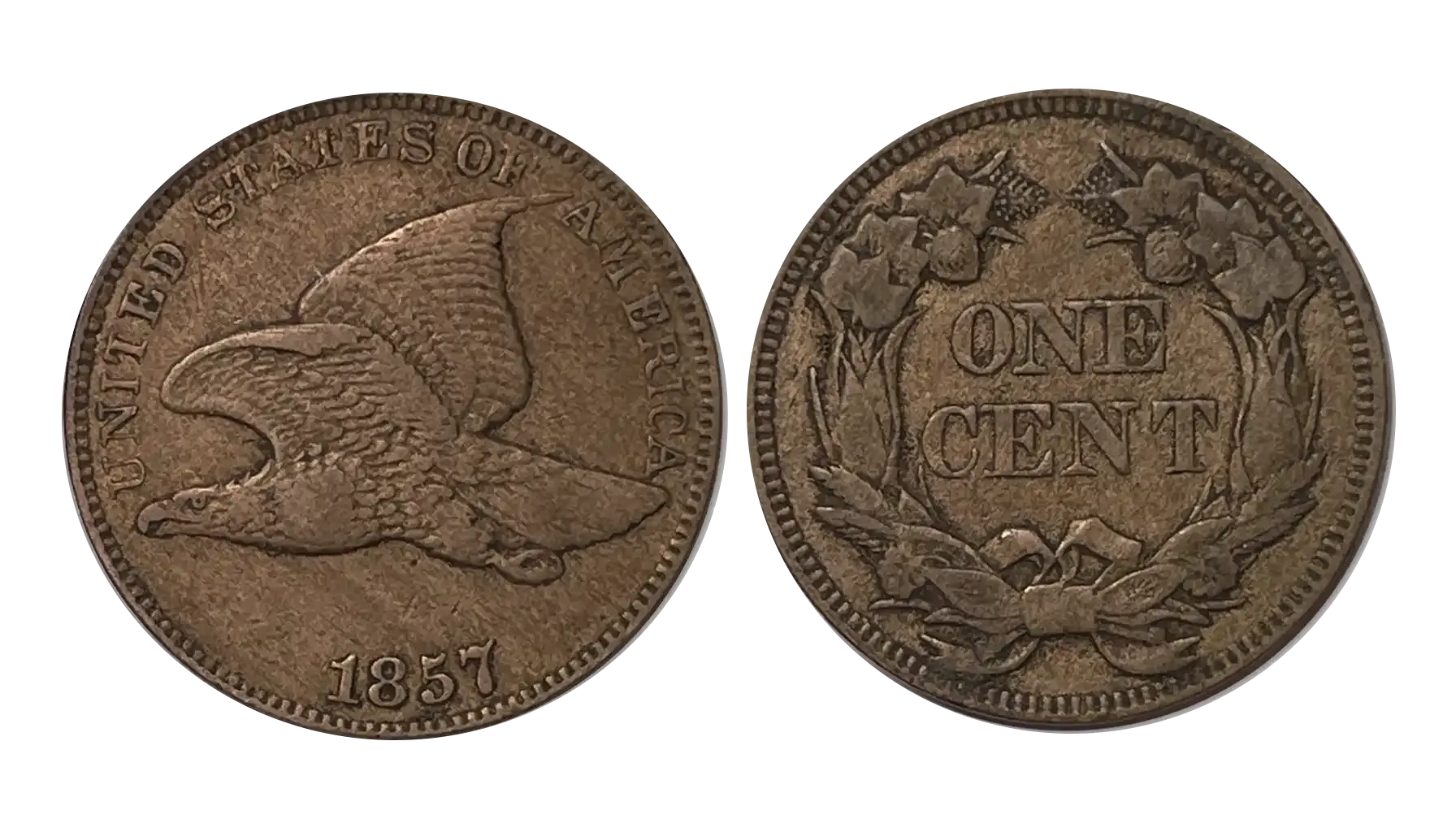
Factors and Their Impact
So, you're holding this 1857 Eagle penny, and you're exactly wondering how much is a 1857 penny worth in today's market. The answer, unfortunately, isn't a simple one. Here's a breakdown of the key elements that determine the value of 1857 flying eagle cent with errors.
Grade |
|
Rarity |
|
Eye Appeal |
|
Errors and Varieties |
|
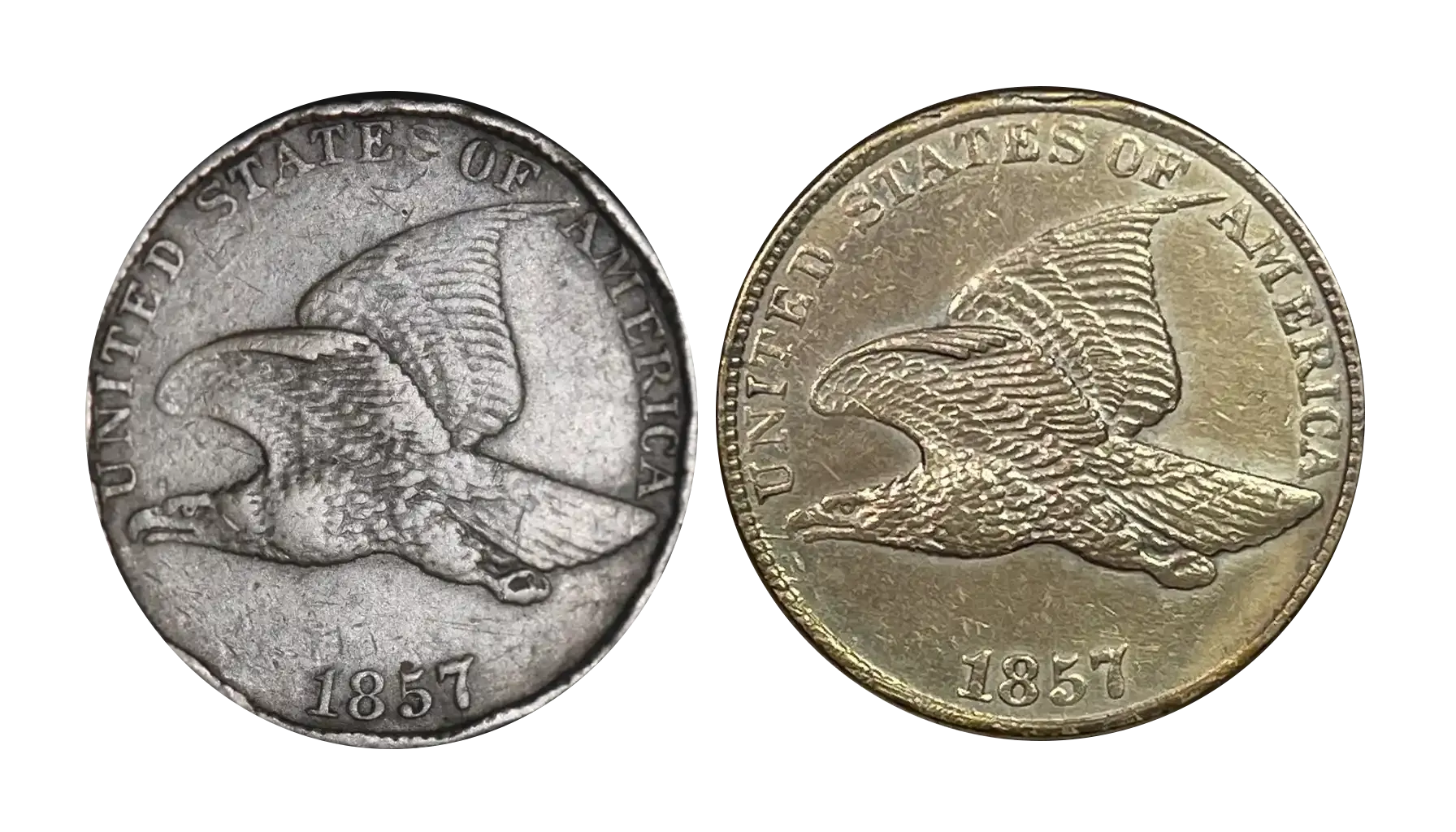
Price Ranges
The coin market is a dynamic and ever-changing entity.
The values of coins fluctuate based on collector demand, economic trends, and even the discovery of new hoards or varieties. Let’s also consider how much is a 1857 flying eagle penny worth when comparing the coins.
While it might be useful to compare our coins with other coinage of similar value, like the 1857 3 cent piece value, that doesn't affect the value of the eagle penny itself.
Estimated Price Ranges
Circulated (Worn) | In heavily worn condition (grades like Poor, Fair, and About Good), an 1857 Flying Eagle cent might fetch anywhere from $5 to $20. However, this is a very general range, and the price could be lower if the coin is severely damaged. |
Circulated (Moderately Worn) | In grades like Good, Very Good, and Fine, you might expect to see prices ranging from $20 to $100, depending on the specific grade and eye appeal. |
Uncirculated | Uncirculated coins are where the real value lies. In grades like MS-60 to MS-63, prices can range from $100 to $500 or more. Higher grades (MS-64 and above) can easily command prices in the thousands of dollars. |
With Error | The value of error coins is highly variable and depends on the rarity and severity of the error. Some minor errors might only add a small premium to the coin's value, while significant errors can result in prices of hundreds or even thousands of dollars. |
Short Recommendations
Alright, here's the concise guide to preserving your 1857 Flying Eagle cent and potentially boosting its 1857 penny value today.
Handle your coin by the edges to avoid damaging oils.
Resist cleaning – it can devalue your coin significantly.
Store it in inert, PVC-free holders, then in archival albums, away from extreme temperatures, humidity, and excessive light. This ensures you keep your collectible coin safe and preserve, or even enhance, its numismatic value.

